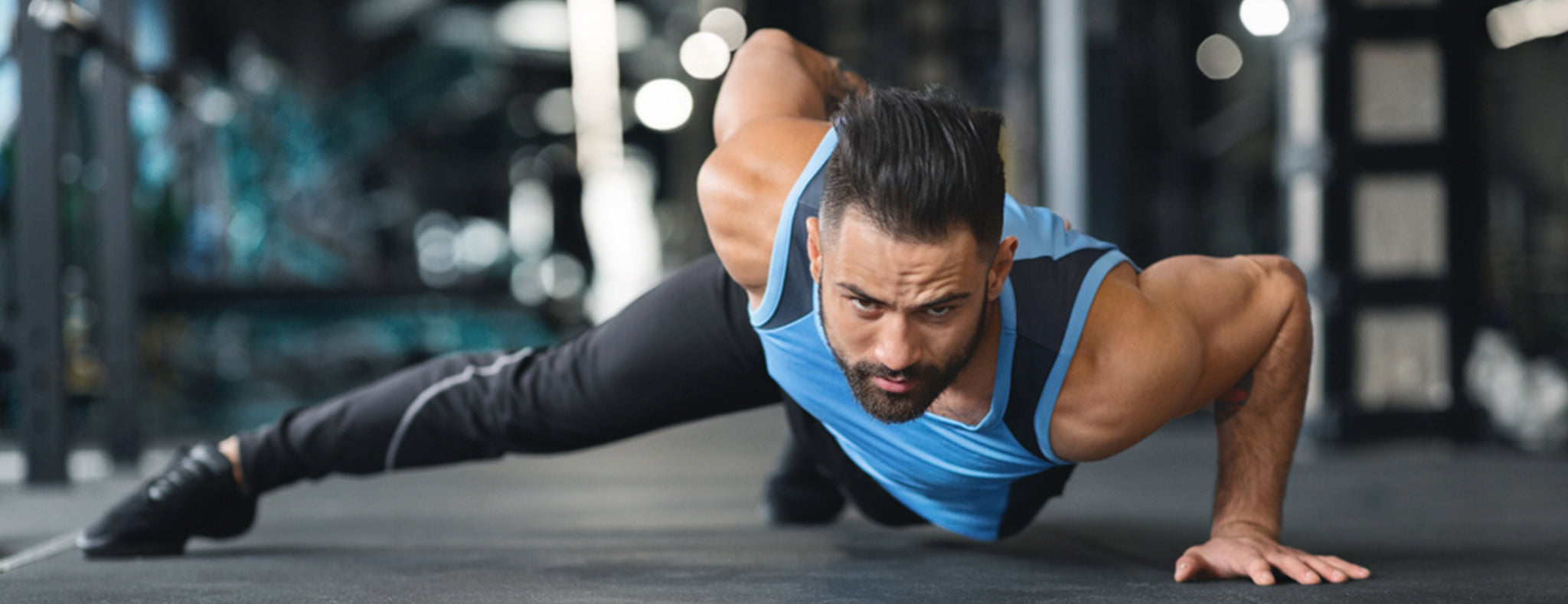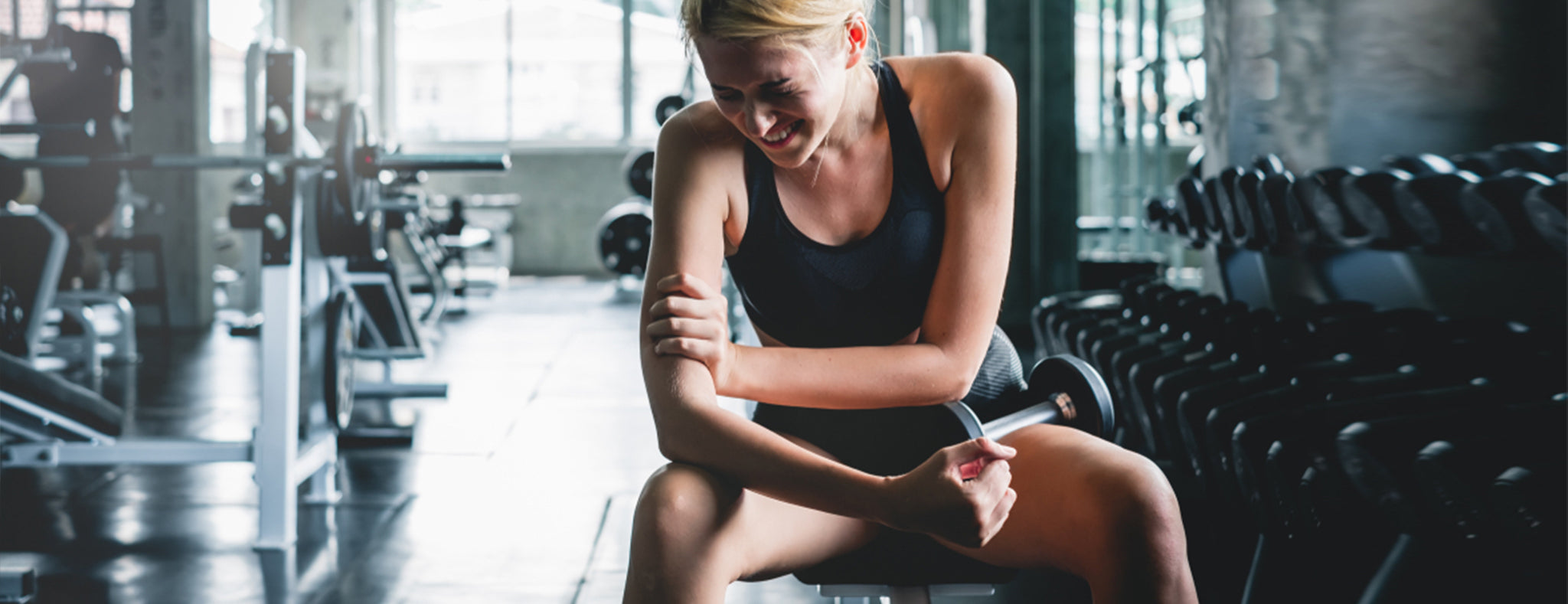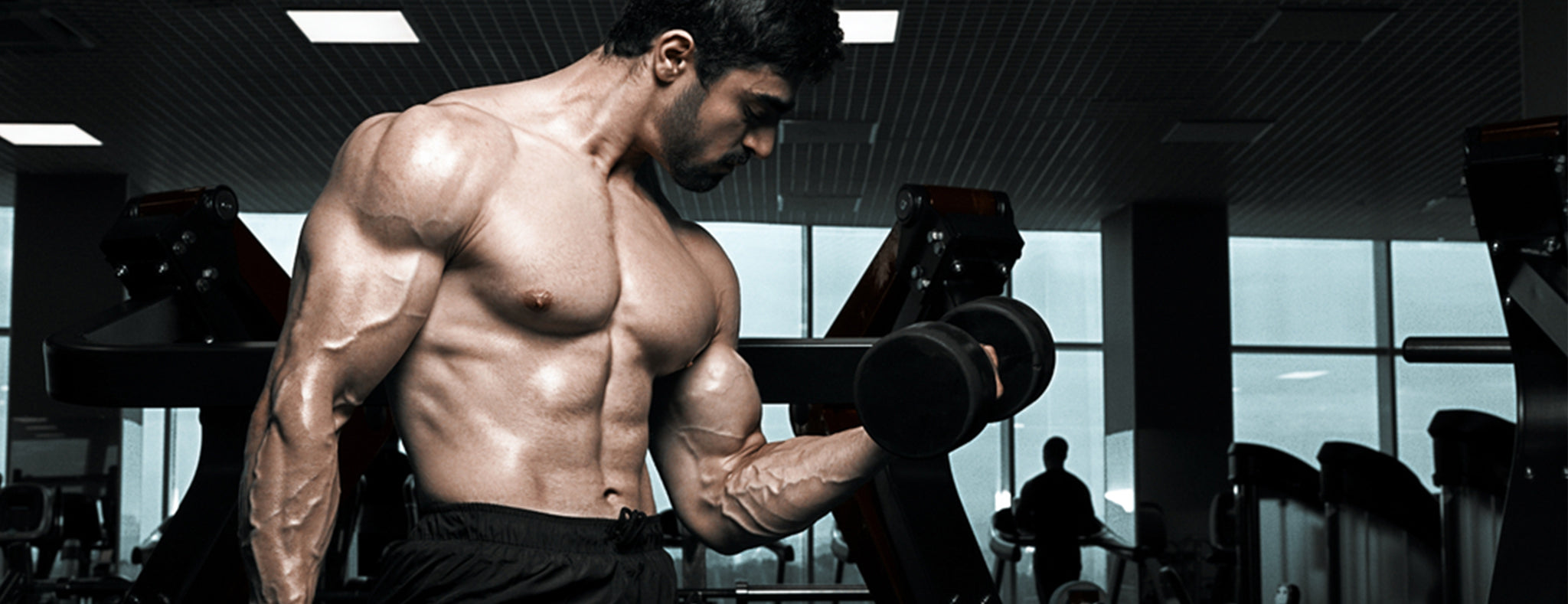The Drawbacks of High Intensity Interval Training (HIIT)
Thanks to one of the hottest new fitness trends, gone are the days of spending hours upon hours in the gym. High Intensity Interval Training, or more commonly known as HIIT, promises to deliver the same results as traditional gym routines in less than half the amount of time! That’s a crazy amount of efficiency most people would welcome into their already busy lifestyles.
No, it’s not too good to be true. HIIT really can deliver when done properly. The workout is designed to raise your heart rate with periods of intense exercise, followed by short breaks of rest in between. This type of strenuous exercise tests your physical limits and gets your blood really pumping. In turn, your cells benefit from the extra work your heart does, burning fat even after you’re done with the workout.
Personal Trainers and Fitness buffs alike are all about HIIT and the healthy benefits it can provide Although as with most things, there are some drawbacks. While HIIT really is a fitness wonder, there are some risks that can be associated with it. There really is no reason you should avoid HIIT if it is something that works well from you. But if you want to weigh the costs and benefits of HIIT, we’re here to tell you some of the disadvantages of the time-saving fitness revolution.
What is HIIT?

Before we tell you about the drawbacks of HIIT, here’s a little refresher on what high intensity interval training entails.
You need to really bring the intensity if you want to be performing HIIT right. It requires you to push to your absolute maximum effort in every set. To actually qualify as a proper HIIT workout, your body needs to be reaching levels of about 90 – 95% of your VO2 max, which is where most of the benefits come from.
VO2 max refers to the amount of oxygen readily available to the body for use for physical activity. For years, traditional training, or training at a medium intensity for a long period of time, was believed to be the best way to use calories and burn fat. Now research has proven that HIIT training, which can help improve your maximum oxygen uptake (VO2), does in fact burn more fat.
Typical HIIT sessions will have you working at 10-90 seconds a session with sections of rest in between. The idea is to put everything you got on the table and go all out during the intense “work” set and then give your body proper time to recover. This is so you can keep doing the same routine however many times you can. A good place to start is a 1:2 work to rest ratio, meaning if your session is 20 seconds, you would rest for 40 and then start over again. For a more detailed dive into the training protocol, we have another article about that here.
The Downsides to HIIT

Although most health experts say that mostly anyone can perform HIIT without too many worries, there are still some risks that can be associated with it. Many professionals are starting to discover some of the downsides of regularly performing HIIT, especially over longer periods of time. But what are these downsides they are talking about? We looked into the cons of HIIT so you can make the decision if trending training protocol is right for you.
#1 It’s Not the Best for Beginners

High Intensity Interval Training from the name alone sounds like an intermediate type of workout and it really kind of is one. If you’re a first timer to exercise and looking to start your fitness journey or coming back from a long break or injury, it probably isn’t for you quite yet. It’s a good idea to start off with easier, more manageable workouts. HIIT, when performed as intended, is an exceptionally intense form of exercise and is truly taxing on your body and muscles.
Instead of hopping straight into the thick of it, try building up a solid base level of fitness with more traditional forms of workouts such as cardio. Once you’re properly conditioned and back in fighting shape then you can give it a try. Good advice would still be to ease into HIIT with shorter work periods and longer rest periods. The more you get the hang of it, the more you can increase the work period over time.
#2 It Can Increase Your Risk of Injury

As with all forms of exercise, there is always a risk of injury. However HIIT workouts can often call for more complicated exercise moves which can increase this risk. Trainers warn that doing some of these moves improperly can lead to pulled muscles among other injuries. Combine that with the fast paced, intensity of HIIT and even seasoned gym goers can slip up.
This is largely due to the tiring nature of HIIT and the tendency to mess up the more tired you get.
Intense exercise regimens typically put large amounts of stress on the body, which can lead to injuries from overuse, overtraining, and joint strains. HIIT too much and you just might find yourself with strained knees and shoulders. For this reason, along with the intensity, HIIT workouts should usually be done no more than three times a week. And if you are new to the training, it’s advised you start under the guidance of a professional trainer who can ensure the workout is done properly. This can help mitigate injuries that happen through HIIT.
#3 It Can Wind You Up Too Much

Thanks to the intense nature of HIIT, it often pushes your body to its absolute limits. When at its limit, your body can enter a fight or flight state, in which your heart rate, blood pressure, and breathing rate all increase significantly. Oftentimes this state will carry over well into after your workout. This is why many people have problems relaxing after a session of HIIT. Their bodies have trouble shutting down the flight or fight state while they are trying to rest. This can lead to anxiety-like symptoms such as sweaty palms, jitteriness, a loss of focus, and a racing heart.
#4 It is Really Hard

Now this one can really be a good thing or a bad thing depending on what type of person you are. HIIT, when done right, is hard. There is no doubt about that. Many people enjoy the challenge it presents and would love nothing more than the opportunity to work hard, push themselves to their limits, and collapse exhausted knowing they gave it everything they got. But not everyone likes this, and that is okay.
If you don’t fall under the first category of people that always make it a point to leave the gym drenched in sweat and struggling to stay on their feet, HIIT may be a little too intense for you. The reason many people struggle to stick with the training protocol is because it becomes overwhelming for them and can lead to plenty of discomfort. This is bound to happen to those without very much fitness experience that try HIIT.
It truly embodies the saying,”No pain, no gain”. If you live by this mantra, then HIIT might be right up your alley. But if you’re not the type to push through a lot of pain in the name of fitness, then maybe take another second to consider what you’re getting yourself into.
#5 The Workout Itself is Pretty Short

One of the most beloved things about HIIT is that the workouts can be done in extremely time efficient sessions. Sometimes workouts will be shorter than 20 minutes altogether and Tabata is even shorter, being completed in less than 5 minutes. While this is pretty cool for those with really busy lifestyles, it still leaves you with a very small amount of active workout time a week.
If you train HIIT the recommended 3 times a week, that leaves you with around an hour or less of physical activity a week. If you practice the Tabata method significantly way less. In order to stay healthy and fit, doctors really recommend at least 75 minutes of vigorous, physical activity. In order to hit this, and we really think you should, you’re going to need to supplement your HIIT workouts with other traditional methods. While it can be a great base, HIIT can’t be your one and only workout in your regimen. The best way is to mix in traditional cardio or weightlifting to provide for the rest of the doctor recommended activity.
Final Takeaway

The end results from HIIT can be exceptional, but nothing is without its disadvantages. The key is to develop a blend of high and low intensity cardiovascular training that’s tailored to you and your fitness goal.
Ultimately the most important thing is that you find a workout you enjoy and stick to it. It’s proven that the more you enjoy doing something, the easier it is for you to maintain. Consistency is key to overall fitness as it is a lifelong journey, not a short sprint. If HIIT scratches that itch for something challenging and you do it properly, that’s fantastic. If not, there are plenty of other alternative, and equally healthy, workouts to try.
